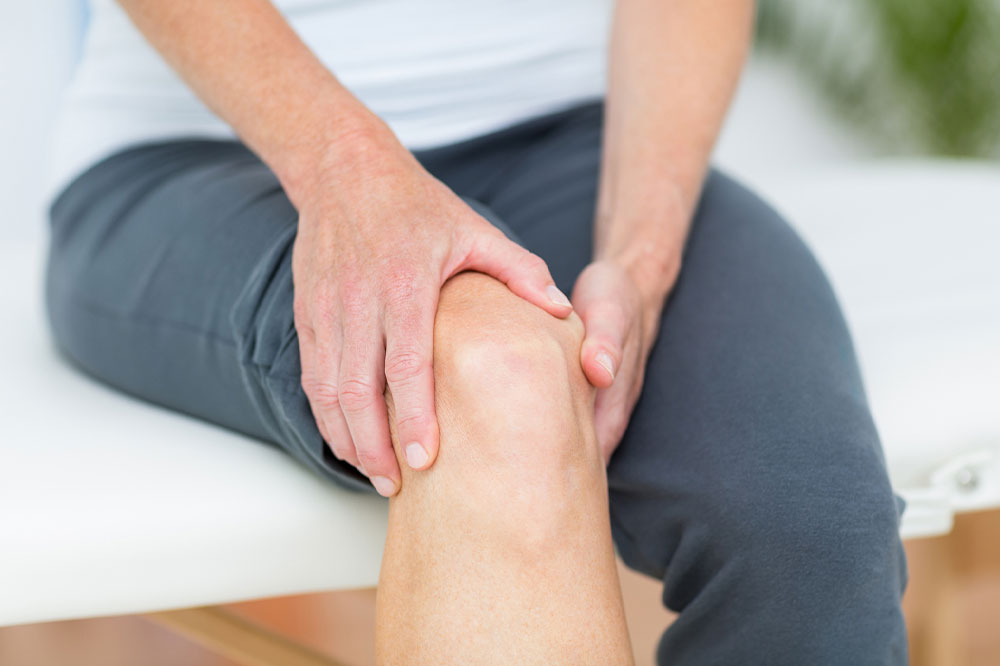
5 health conditions that can trigger or worsen headaches
If you have experienced debilitating headaches that have disrupted your plans for the day, you are not alone. Studies suggest that approximately 45 million people in the country deal with headaches every year. Usually, headaches are symptoms of some underlying health conditions; as a result, treating these conditions can help reduce the frequency and intensity of headaches. Keep reading to learn more about the underlying conditions causing or worsening headaches. Meningitis Meningitis is a health condition resulting from inflammation of the fluids and membranes around the brain and spinal cord, known as meninges. Such inflammation triggers headaches and symptoms like fever, muscle and joint pain, and neck stiffness. Headaches associated with meningitis spread rapidly across the head. Hypertensive crisis Headaches are relatively prominent among cases of hypertensive crisis, a condition characterized by a sudden, considerable elevation of blood pressure levels. Here, the BP reading is 180/120 mm Hg or higher. A hypertensive crisis is classified as a health emergency and requires immediate hospitalization. During a hypertensive crisis, patients often suffer from pulsing headaches felt throughout the head. Brain tumor A brain tumor is the growth and accumulation of abnormal cells in or around the brain. Among the common symptoms of brain tumors is brain swelling, which increases pressure in the head and culminates in severe headaches.
Read More 










